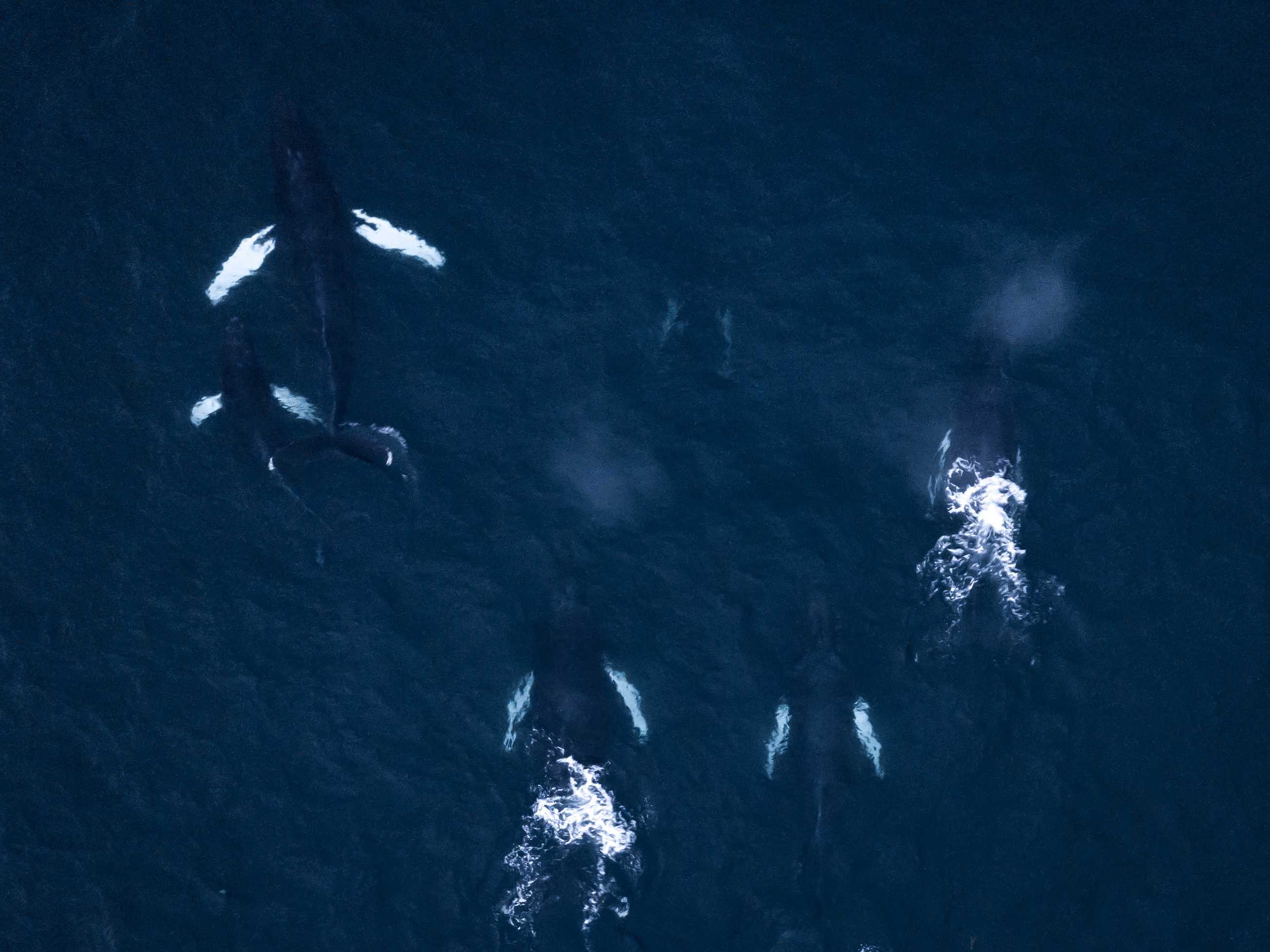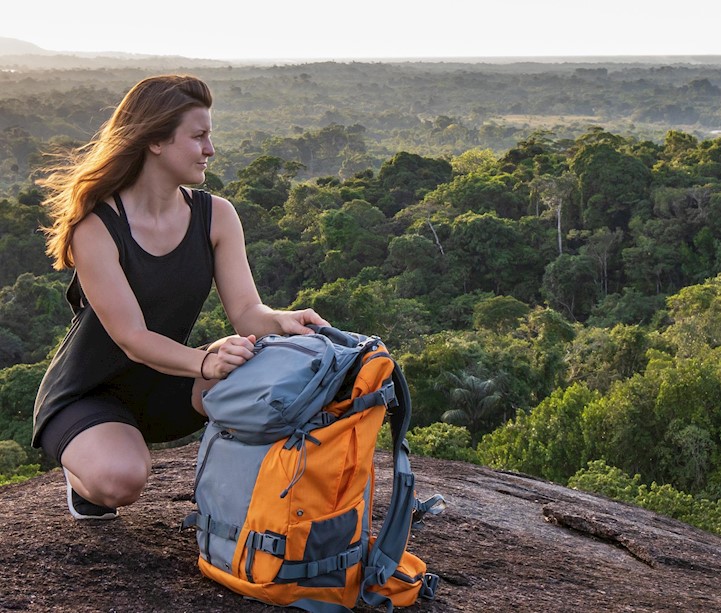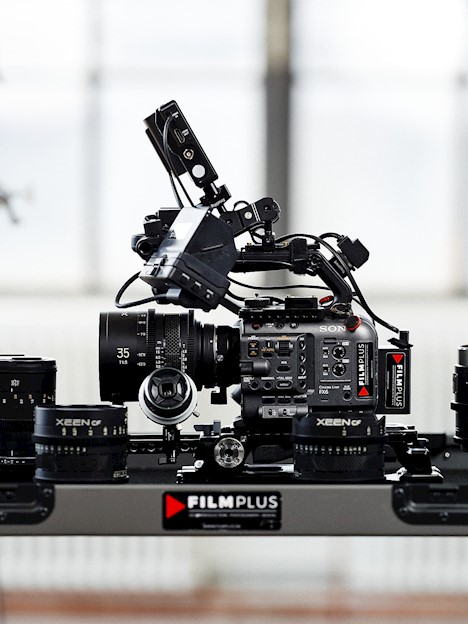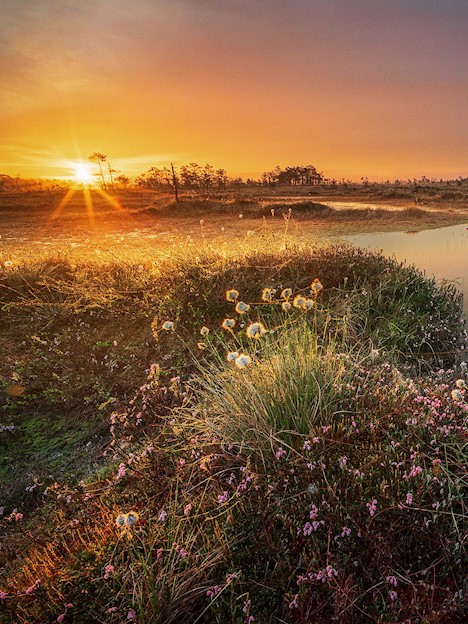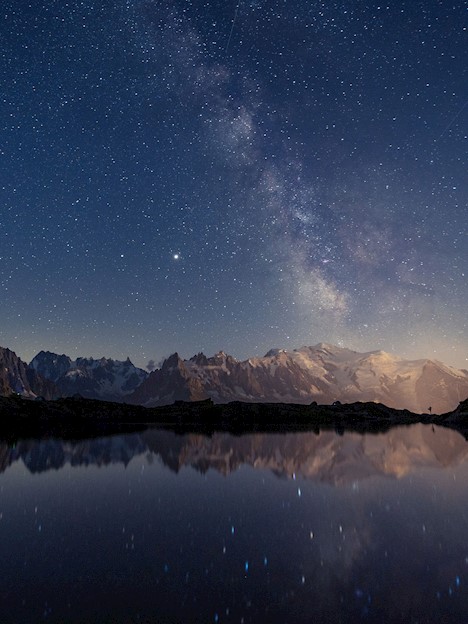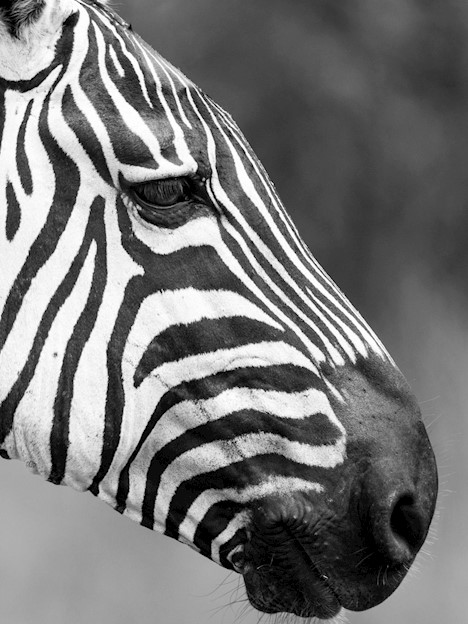During an expedition on Iceland my drone got attacked by a Raven (don’t worry the bird was ok) and so was the lens of the drone, thanks to using a ND-filter! But there are many other reasons to use filters on your drone, so let’s start with the basics.
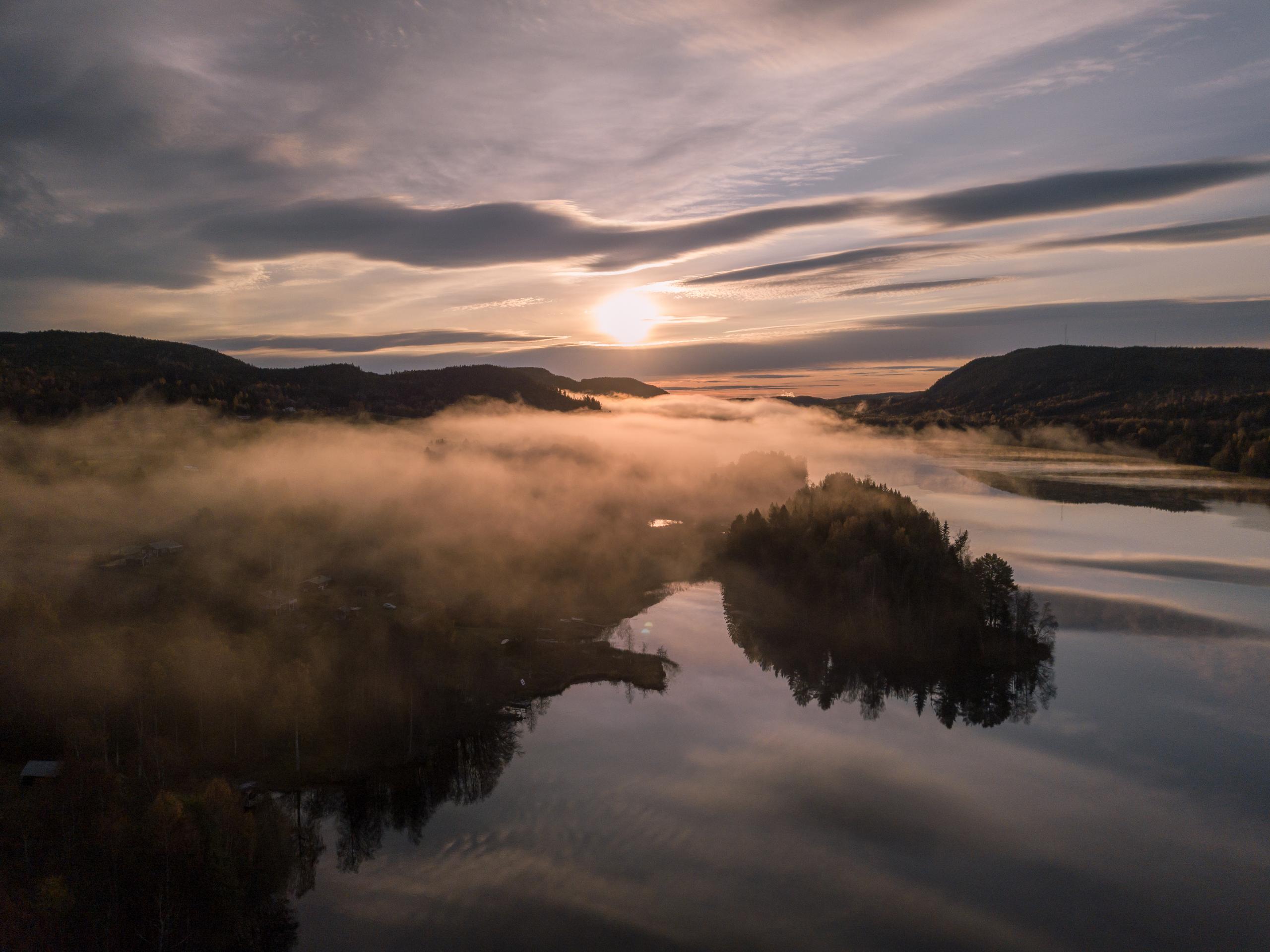
NISI IRND 16
NiSi IRND filters (also called grey filters)
The most common filters I use, as I mentioned above, is the NiSi IRND filters (also called grey filters). The “IR” means it cuts the Infrared light, and you will get no colorcast on your shots. They come in many versions, such as IRND4, IRND8, IRND16, IRND32 and so on and they adjust the amount of light hitting the camera lens. Even though I recommend shooting in early mornings or evenings to get the smoothest light for your shots, these filters really come in handy when shooting in bright daylight or when capturing sunrises and sunsets when you don’t want to over expose the shot.
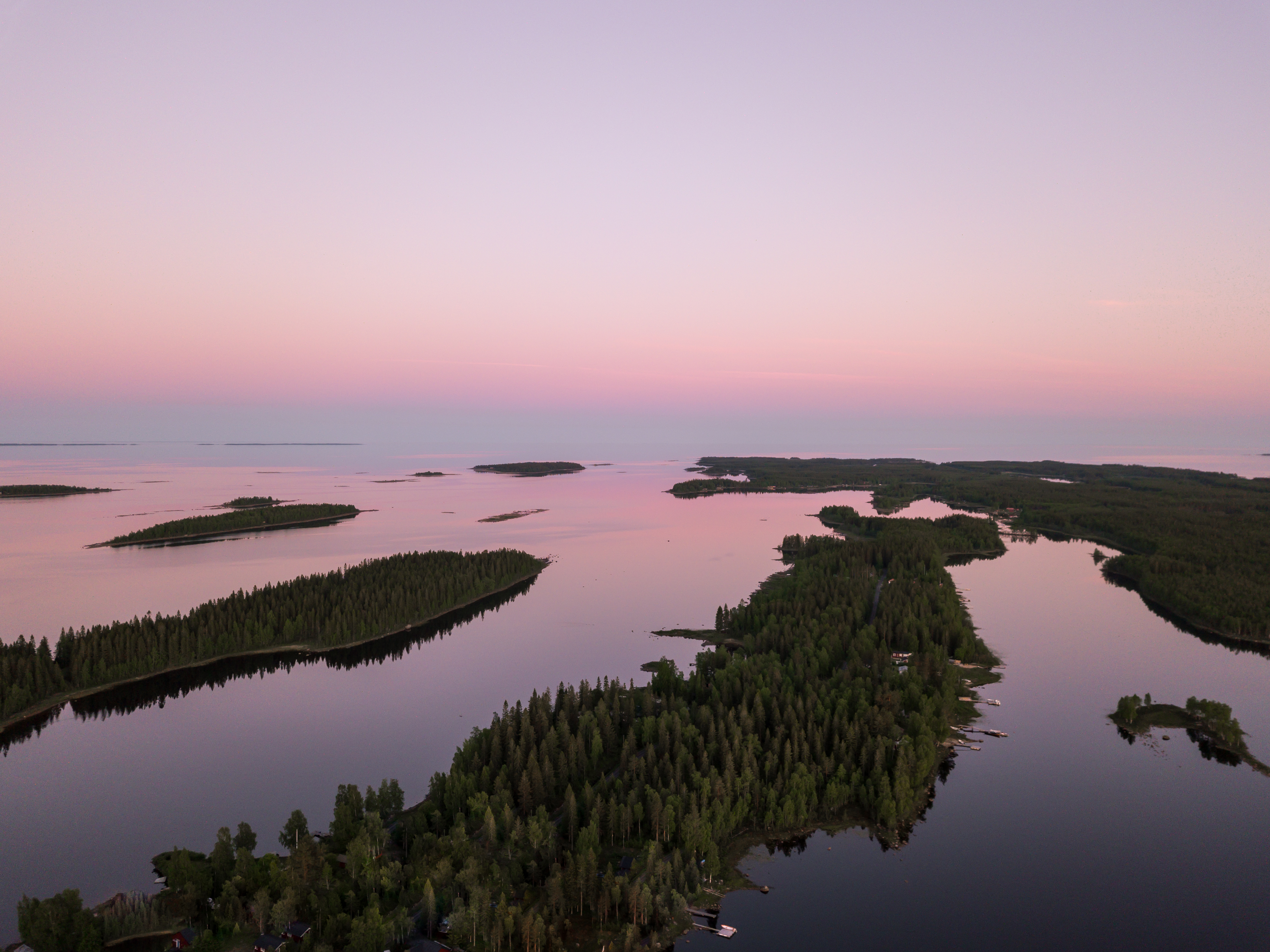
NISI IRND 8
How do they work?
They work like this: a IRND8 lets through 1/8 of the light whereas a IRND16 let’s through 1/16 of the light and so on. In exposure terms that means ND8 gives three steps longer and ND16 gives four steps longer exposure. Therefore using a ND-filter also gives you more freedom to play around with shutter speed and aperture to get the best out of your shot!
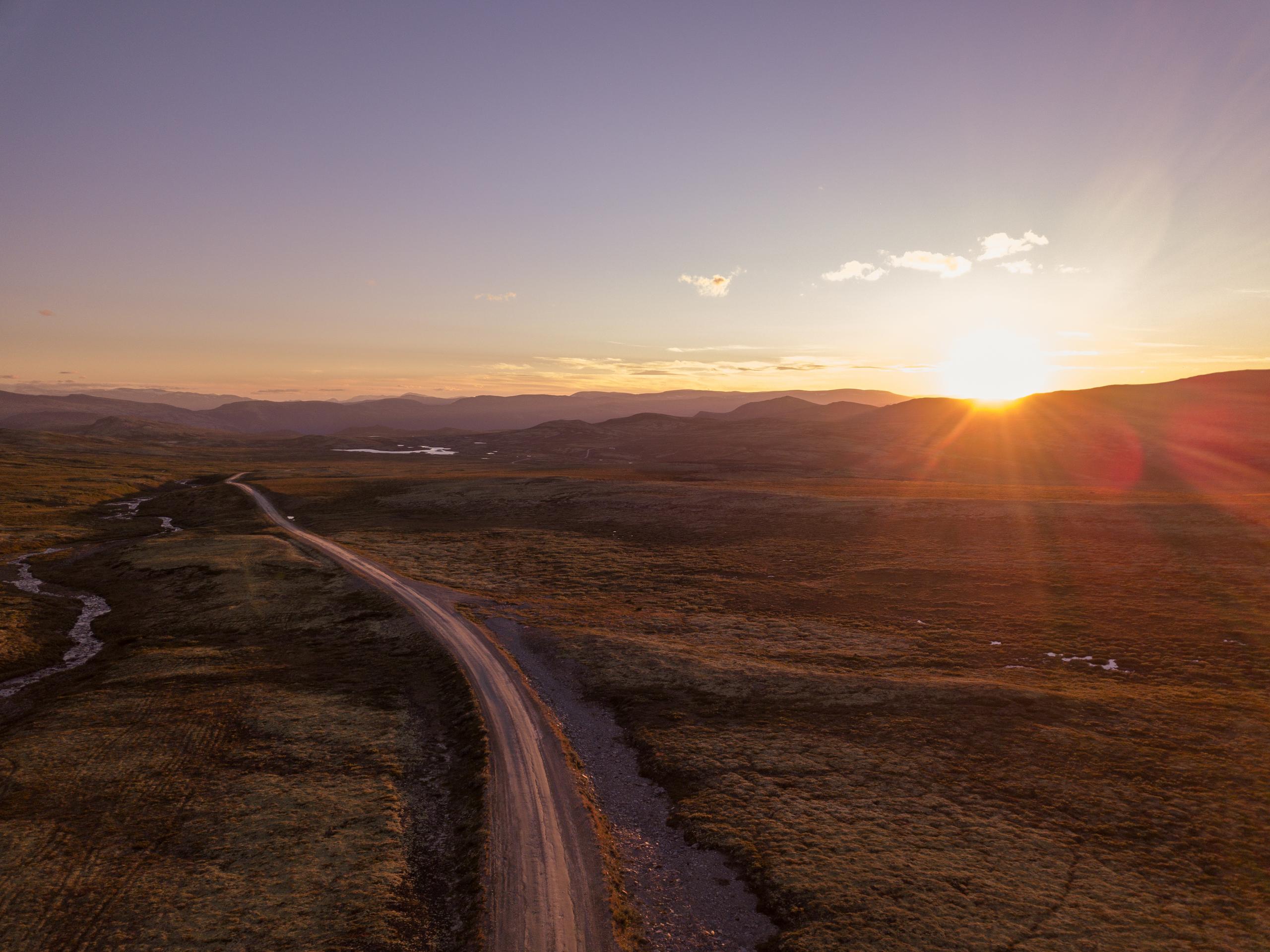
NISI IRND 16
Shutter speed
When it comes to filming, 1/50 in shutter speed is best suitable for smooth scenes. In other words, situations for using a ND-filter to be able to shoot in such low shutter speed, is when shooting in bright moments.

NISI IRND 8
Circular polarizer filter (CPL)
If you are more into shooting buildings or water surfaces, the NiSi circular polarizer filter (CPL) can do the trick due to the ability of decreasing reflections of non-metal surfaces, like glass and water. It’s also gaining higher contrast and deeper colors.
This filter is also available as a combined CPL/ND which gives you; higher contrast, deeper colors, less reflections and reduction the amount of light hitting the lens.
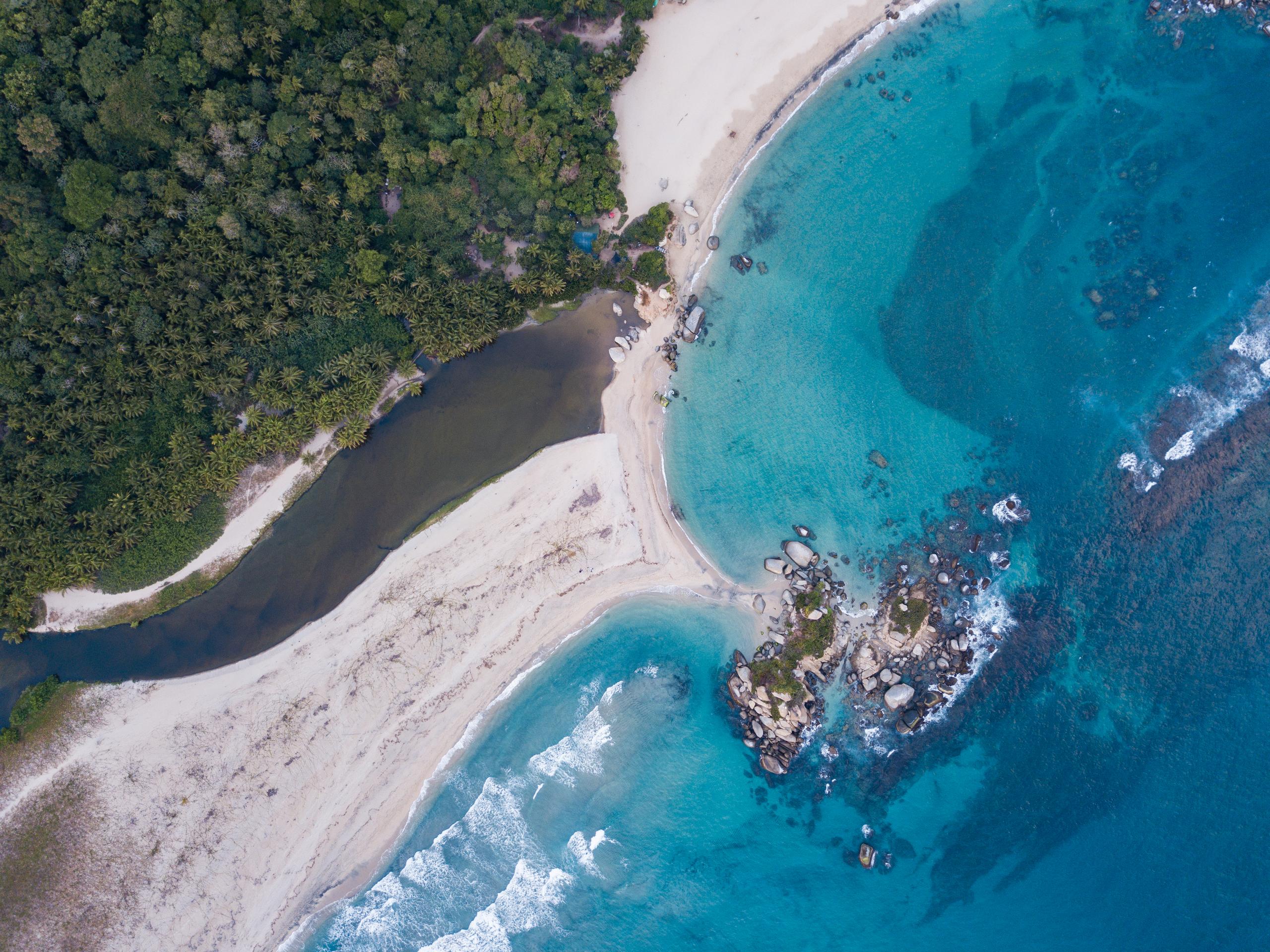
NISI CP-L
UV-filter
Another great filter I truly recommend is the NiSi UV-filter which is perfect for protection of your lens and also blocks the annoying UV component of daylight. Invisible UV light is more intense in pure sea air and in high mountain regions and can cause blurring and a blueish cast. A must have for all of you landscape shooters out there!
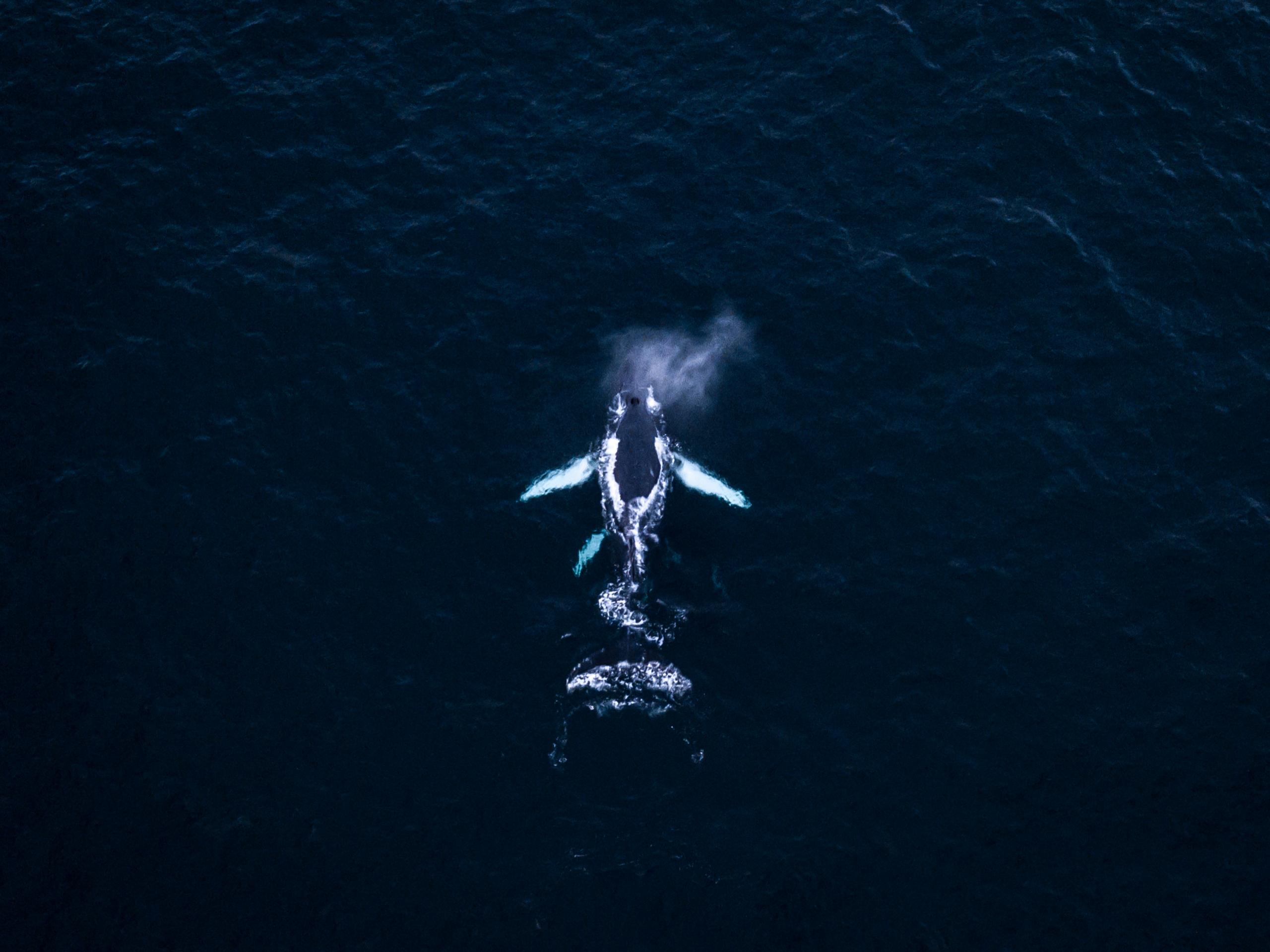
NISI NC UV
So, there you have it! A short introduction to the wonderful world of the NiSi filters. I hope this gave you a bit more clarity in the jungle of NiSi filters and that you now are ready to produce even higher quality film- and photo shots with your drone. Good luck and above all, have fun!
Sincerely, Lisa Sihlberg – wildlife photographer, filmmaker and content creator.
